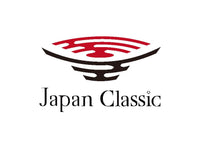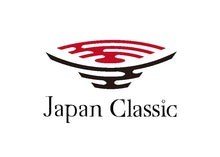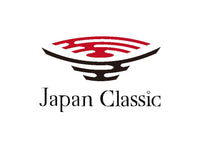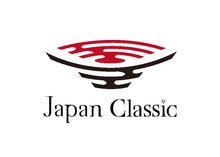【Japan Classic】Shichirin Ceramic Kilns (七輪陶芸の窯): The Ascending Flame Method (昇炎式) for Artisan Firing
About the Author
Hayato Eihara
I am a Japanese resident living in Japan!
With years of experience, I share in-depth and detailed information about Japan with the world.
As part of my mission to promote Japanese culture, I also run Japan Classic, an online shop specializing in unique, high-quality tableware. If you're interested, feel free to check it out!
Table of Contents
Shichirin Ceramic Kiln: Modern – Rising Flame Type
In shichirin ceramics, household shichirin are used to fire ceramics. The shichirin used as cooking appliances are inexpensive and readily available from DIY centers and elsewhere.
Compared to electric kilns, gas kilns, and wood-fired kilns, shichirin are generally becoming more popular due to their ease of use.
Advantages include:
・Does not take up much installation space: Portable
・Almost no smoke: Fired with charcoal
・Low fuel cost: Commercial Binchōtan (備長炭) or black charcoal (黒炭) are sufficient
・Easy maintenance: The shichirin can be completely replaced if it fails
・Ability to control firing intensity: By adjusting the strength of the blower
Disadvantages include:
・Mass production is not possible: Limited by the size of the shichirin
・Variation in finished quality: Similar to wood-fired kilns
・Short firing time results in a "sweet" (under-fired) finish
Since shichirin firing allows the control of firing intensity by adjusting the airflow, the final result can vary greatly with each procedure—in other words, achieving consistent quality every time is challenging (a characteristic shared with wood-fired kilns).
While the under-fired finish may be an advantage for some works, if a stronger firing is desired, using another kiln (such as an electric kiln) to bisque fire over a longer period can help alleviate this issue to some extent.
The kiln uses the shichirin as is, with unnecessary metal fittings removed and the openings plugged with clay. If a lid is made from insulation material, the flame is retained inside, allowing the temperature to rise more easily.
Additionally, since simply lighting the charcoal in the shichirin would result in uneven firing, a blower is provided.
About the Blower (送風機について)
Generally, a hair dryer is used. While its blowing power is sufficient, it is considered that it lacks “wind pressure.” The areas hit by the wind do burn, but if the wind pressure is inadequate, the entire mass of charcoal does not burn evenly.
For example, imagine trying to inflate a balloon. Even if you blow very hard without sealing your mouth, the balloon will not inflate. This is because, although there is blowing power, there is no “pressure.” To generate pressure, you must seal your mouth and blow forcefully, which will inflate the balloon.
Translated to the shichirin kiln, when there is sufficient wind pressure, the air is delivered deep into the overlapping charcoal, allowing it to burn cleanly and achieve a proper firing.
If only blowing power is present without wind pressure, the charcoal cannot be completely burned, and the scattered ash may soil the work, even though the hair dryer provides sufficient blowing power.
So, what can provide both blowing power and wind pressure? The answer is a bellows (鞴, ふいご). Bellows, used in traditional ironworks such as in swordsmithing, compress and deliver air with a push-pull motion on the handle.
Though they are rarely seen nowadays, the old wooden bellows are functionally optimal in terms of wind pressure. They deliver wind pressure flawlessly and, compared to a hair dryer, produce less dispersal of ash, while ensuring that the air reaches every corner.
In shichirin firing, aside from the bellows, there are additional detailed procedures such as selecting the appropriate white or black charcoal, cutting the charcoal into uniformly sized pieces (炭切り), and considering the color of the work. Since these pertain to the kiln’s structure, I will introduce the procedures gradually in the “Ceramic Information / Pottery Methods” category.
For a simple setup, one can start with just the shichirin itself, charcoal, and a hair dryer. The convenience of having readily available materials and the ability to adjust the wind power oneself is the charm of the shichirin kiln.
Please exercise caution regarding fire hazards and carbon monoxide poisoning from charcoal combustion.
By judging the temperature through the color of the flame and observing changes in the flame state (oxidation, neutral, reduction) through wind volume, the relationship between fuel and air becomes clear. Although small, the kiln encapsulates the essence of firing, making it an ideal kiln for practicing the art of ceramic “firing.”
Brighten Up Your Table.
We deliver vibrant, high-quality pieces directly from Japan to add color and elegance to your dining experience.







Leave a comment